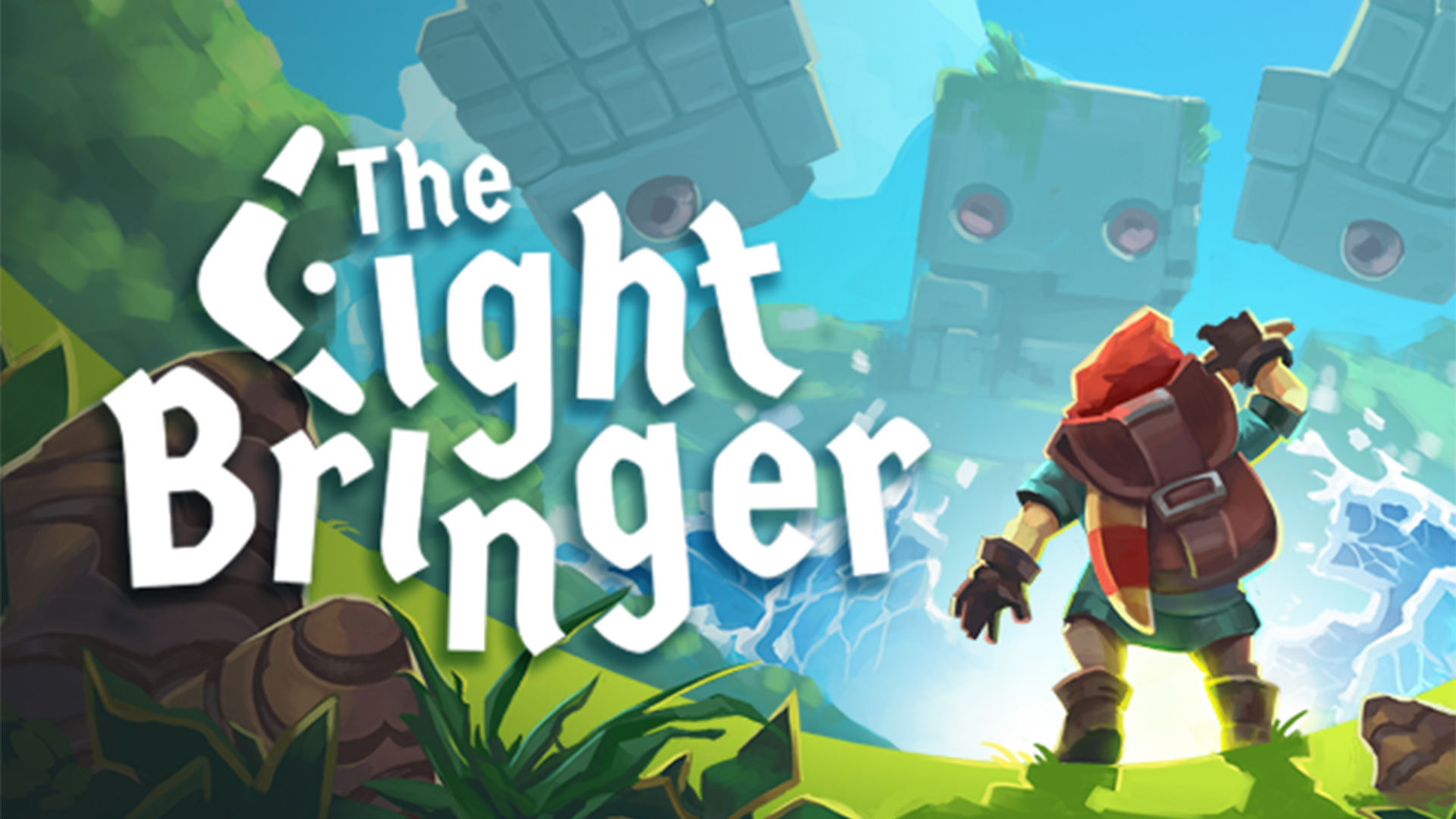Share
Recently, Nintendo announced the rerelease of several additional retro titles to their Nintendo Switch Online service. In addition to the trilogy-completing inclusion of Donkey Kong Country 3 to the SNES/Switch lineup, The Ignition Factor will also be playable for those with Nintendo Switch Online accounts beginning December 18, 2020. This is not the first time Nintendo has given the game a digital rerelease; happening nearly a decade ago on the predecessor Wii Virtual Console in 2011. In The Ignition Factor, a player operates as a firefighter, rescuing civilians, dousing flames, and working their way through each level strategically as both oxygen and fire fighting equipment slowly depletes.
Or at least I think that’s what it is about. I’ve never actually played it.
However, I have played The Firemen.
Wait…What?
To be honest, I was confused when I watched Nintendo’s recent announcement, assuming for YEARS that The Ignition Factor and The Firemen were actually the same game. I just simply thought it was one of those titles that changed during the localization process because it wasn’t “Western” or marketable enough to American audiences. In fact, I was today years old when I found out that The Firemen never even received an official NA release, with the English translation shipped only to consumers in Australia and Europe. Before you laugh at my ignorance, I want to let you know that BOTH titles were released within the same year on SNES/Super Famicom consoles, two remarkably similar video games heavily influenced by the best decade in cinema to be a disaster action movie. Not for nothing, Google also lists Human Entertainment, the name behind The Firemen, as a secondary developer of The Ignition Factor, which, through intense research skills, was made clear to me to be fake news.

“If This Is Their Idea Of Christmas, I Gotta Be Here For New Year’s”
The Firemen was developed by Human Entertainment, a long since defunct Japanese video game company most notable for their survival-horror series Clock Tower and being the studio that hired Suda 51 for his first foray into the industry. In The Firemen, you guessed it, players take on the role of veteran firefighter Pete, as he and his rookie partner, Danny, work together to relinquish inflamed enemies and save blacked-out civilians in a burning six-story building on Christmas Day.

You know that one guy always reminding you every December that Die Hard is the best Christmas movie of all time, even though Christmas is just the backdrop for the setting to intensify action and emotion? The Firemen is the video game equivalent, at least aesthetically, with explosions and crawling through tight spaces, except with less Alan Rickman falling hilariously to his doom and more flames that act sentient. Of course, I’m hyperbolizing because we are talking about a video game from 1994, not to mention an action movie from 1988, but there is something actually charming about the sprite work in this one. Each incidental character, whether a person being rescued or Walter, Winona, or the guy with a blonde mohawk, is represented in a dialogue box with a chibi anime talking head. Each bit of conversation, however, is split awkwardly in the middle of sentences, so that when a player is reading the banter between firefighters there is a long pause in between dialogue boxes, causing moments of premature understanding. These characters have no bearing on the progress or outcome of the game; they exist simply as cheerleaders, their presence an obvious attempt by programmers to slow down a very fast gameplay experience

The Firemen is a lot of fun, but it does not have great replayability. It is rather short and extremely limited, even for a game during this generation, in terms of routes a player can take through the building. This ultimately impacts the game’s overall difficulty that is initially spiked by being unfamiliar with the game to subside during additional playthroughs. Pete is limited to three lives and as far as I could tell there was no way to obtain extra lives or even a continue. The player can only regain life to their health bar by rescuing a trapped citizen or beating an end-of-floor boss. The music and sound effects are nothing spectacular either, with many noises of the game adding to the arcade-like feel of the gameplay. The controls are actually impressive, as I like the way Pete rotates, his range of motion and hit detection never a cause of rage as the game never goes for full simulation but opts for this arcade-type experience. The level design is mediocre, as the map in the HUD has only a minor impact on traveling through the building. There is a special move using what I believe to be water canisters for moderate range but with a larger surface area that is useful against these bosses. The player can only obtain more of these canisters at the start of a new life, or hidden throughout the game.

Pete can only hold three canisters at a time. Once he reaches a fourth, his hose turns into a super hose that sprays a way cooler-colored blue stream than the normal hose, but it’s kind of useless because one hit from enemy fire and then the power-up is lost. The game is also timed; each stage is limited to ten to twelve minutes of playtime. Once the player runs out of time, Pete’s life runs down to a dangerous level and he is likely to get hit by a flame and lose one of his precious lives. The immortal, take-no-hits NPC Danny, also the resident inexperienced youth, tends to get in the way often, attacking flames with an ax. I found myself yelling at his sprite more times than I care to admit. I just couldn’t understand why he was using his ax to extinguish flames. However, he was pretty helpful as a sidekick when I had to duck for certain flame enemies or when pressure from the fire exploded entire rooms of windows.
Actually, the neatest part of The Firemen is how the flames aren’t just obstacles but are, as the player discovers while progressing, programmed a lot like baddies in a video game. The game is even self-aware of this, as the dialogue in the conclusion likens fire to a “monster” the needs to be destroyed. Depending on which flame Danny and Pete are facing, they will move at different speeds and in different directions, and some respond better to certain attacks than others. Each level is ranked according to the percentage of flames the player is able to extinguish, with a final tally at the game’s end providing a firefighter rank. Players have to use Pete’s fire hose or douse overhead spray to eliminate these flamers and/or robots on fire. I don’t know why there are robots on fire, and in berserker mode, ramming into these guys just trying to put a fire out, but I think it has something to do with the fact that this game takes place in 2010.
Ah yes, the near future.

The firefighters do have a cool life detector mechanism that is designed to find the poor people suffocating in the burning building on Christmas Day, including children, but nothing about this game is science fiction at all, just a way to fully realize my fear of being burned alive. Every stage, or floor, ends with a big battle with a large individual fire that specializes in the art of hitting the player with all the obstacles they experienced while playing the level. Each of these, of course, has its own annoying quirks to understand, memorize, then defeat with only those three lives to fall back on. The player does this a measly six times with the roof stage being the last; crawling under desks and avoiding falling objects like trees throughout each level of the building. The game ends once the player beats the final flame and blows up the water tank on the roof with the magic of science, as snow falls in peaceful notes on the firefighters. I could fill in more on these narrative details, but it has no consequence on my opinion of this game.
Just like Christmas has no consequence in Die Hard.



